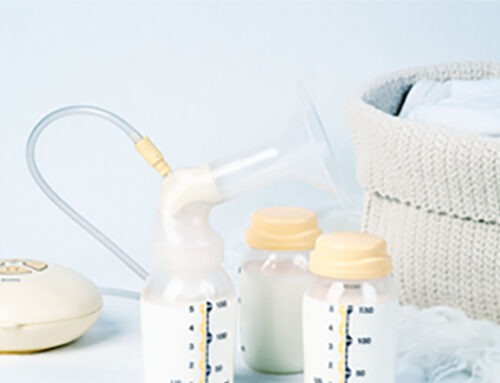
Written by Dr Geetika Gangwani
As a mother, who also happens to be a lactation consultant, I frequently see new mums caught in mixture of guilt and anxiety. When I gave birth to my son, I was caught in a similar situation. Will I be able to breastfeed? Should I start pumping and build a stash for the future? What if I don’t have enough milk?
The Increasing Popularity of Breastfeeding
Despite the well documented benefits of breast milk, in the UK we have some of the lowest breastfeeding rates in the world. However there has been a paradigm shift as breastfeeding is becoming increasingly acceptable once more, with many celebrities proudly normalising breastfeeding and breastfeeding in public. It is now not only promoted by health care providers, but also by family, friends, community as well as government.
This shift has helped to gradually increase the breastfeeding rate. In 2018 Scotland released results from its Maternal and Infant Nutrition Survey, highlighting marked improvements in breastfeeding rates – particularly the rise in breastfeeding at six months from 32% in 2010 to 43% in 2017. Unfortunately, the flip side of this is the implication that mothers who give formula milk for whatever reason have not done the best for their child.
In my 18 years long practice, I see new mothers battling the feeling of guilt and insufficiency since they are relying on formula milk for feeding their babies. I often tell them, that it is important to enjoy their motherhood rather than stressing about things which are beyond their control, and that fed is best.
What is Mixed Feeding?
Mixed feeding, or combi feeding, is a method of feeding combining both breast and bottle feeding. There are various reasons to consider mixed feeding:
- You want to share feeding responsibilities with you partner or family members
- You aren’t producing enough milk
- You are returning to work or study and need to provide bottle feeds while you are away
There are several different methods of mixed feeding, any of which can be used to suit yours and your baby’s needs:
- Combining breastfeeding and expressing breast milk
- Combining breastfeeding and formula feeds
- Combining breastfeeding, expressing breast milk and formula feeds
- Bottle feeding expressed breast milk and formula milk
- Bottle feeding expressed breast milk
As I was keen on giving my child the benefits of breast milk, I started talking to other mothers who were going through a similar experience to me. Most mothers think that there are only two options for a baby’s nutrition; it’s either their own breast milk or bovine based formula milk, or an amalgamation of the two. We are largely ignorant of the option of donor human milk.
Wet nursing, or a form of breastfeeding provided by someone other than the infants’ mother, was commonplace until the invention of infant formula and feeding bottles made it virtually obsolete in western culture. However, technological advances over the past 100 years or so making expressing, storing and transporting of milk possible, have given rise to the practice of donating milk.
Donor human milk can also be used when mixed feeding to supplement low milk supply, or to replace the element of breast feeding when it is not possible.
Donor Human Milk
Gradually the concept of donor human milk is catching the eye of medical fraternity as an effective and cost saving means to reduce infant morbidity and mortality. Various organisations like WHO, IAP and AAP recommend giving only screened and pasteurised milk to newborns.
Screened and tested mothers who have abundant milk supply even after feeding their baby, donate their extra milk to a milk banking facility. The milk is tested, pasteurised and then frozen at -20 degrees.
Donor milk is one of the most underrated means to bring down infant mortality. We can take the example of Brazil as the infant mortality rate was reduced by 73% by just promoting the concept of donor human milk.
Donor human milk is the safest and next best option available to a mother for her baby’s nutrition. Mothers now can rely on donor human milk in situations where they are trying to build their supply or as mixed feeding along with formula. Research has shown that mothers who have access to donor human milk are more likely to continue breastfeeding their babies.
As mothers we have an opportunity to save lives of millions of babies and support other mothers, by donating our excess breast milk. So let’s stand together and give our future generations a gift for a lifetime.











Leave A Comment